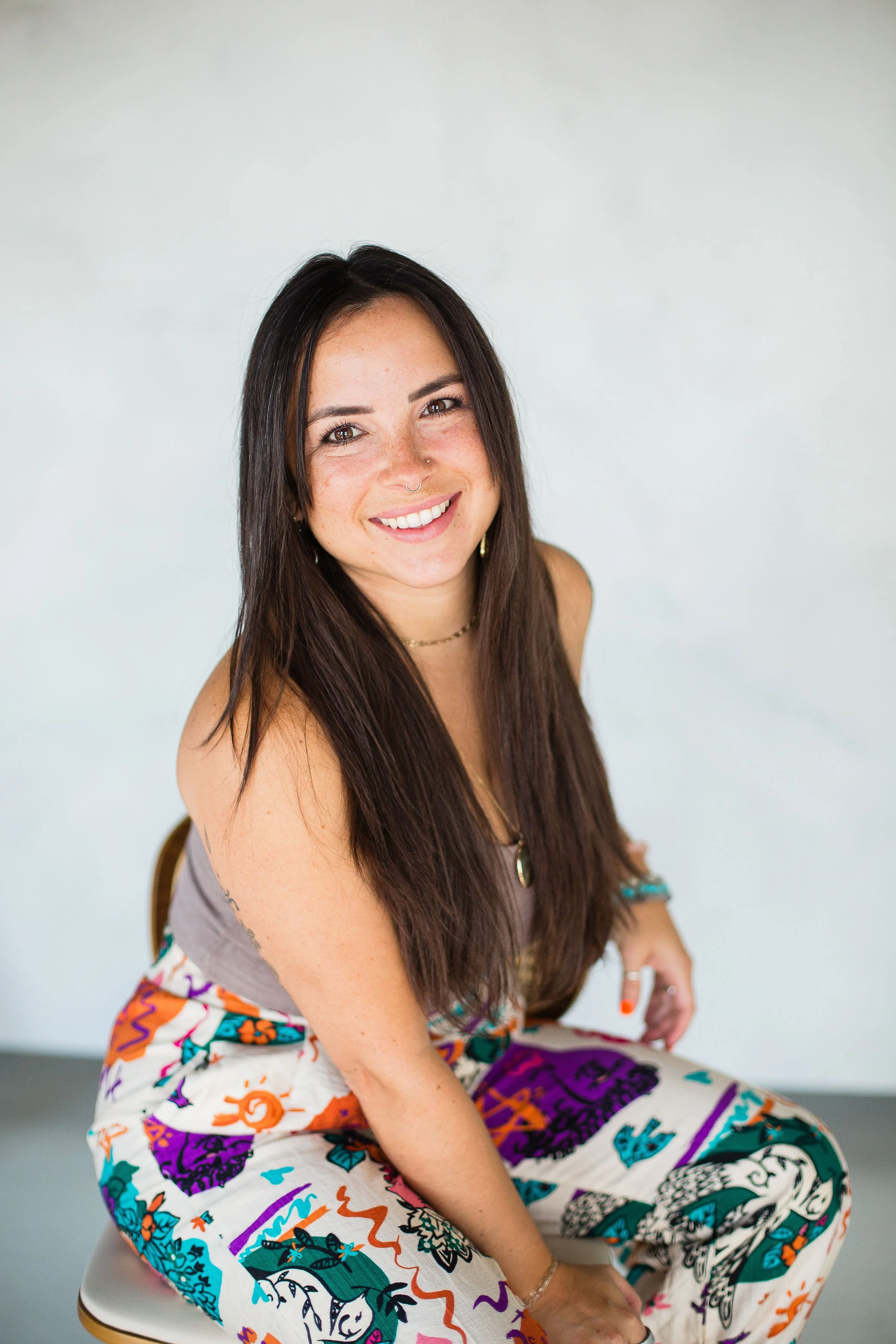How to Customize a Therapy Intensive for Your Needs
TL;DR
Your healing journey is deeply personal—and your therapy should be too. Personalized therapy intensives allow you to tailor everything from session length and focus to pacing and modality so your experience fits your needs, not a cookie-cutter plan. Whether you’re healing from trauma, burnout, or emotional disconnection, customized intensives help you move at your own rhythm and reconnect with yourself.No two healing journeys look the same. Some people need space to unpack years of emotional neglect or trauma. Others crave a reset from burnout, people-pleasing, or anxiety that never turns off. That’s where therapy intensives come in—and the best part is, they can be customized for you.
If traditional therapy hasn’t felt quite right or you’re ready to go deeper in a way that fits your unique story, this post will walk you through how personalized therapy intensives can help you heal on your terms.Why Healing Isn’t One-Size-Fits-All
Everyone comes to therapy carrying different stories, patterns, and nervous system needs. Some people process quickly and want to go deep; others need slower pacing and more grounding.Here’s what that means: there’s no “right” way to heal.When therapy is tailored to your readiness, history, and goals, it’s not only more effective—it feels safer. Tailored healing honors where you are instead of forcing you to fit into a structure that doesn’t match your capacity.That’s exactly what therapy intensives offer: flexibility, depth, and personalization that meet you where you are.How Therapy Intensives Can Be Customized
Every therapy intensive session is structured but flexible. You can adjust:Session Length: From 3-hour deep dives to 2-day resets, we can build a rhythm that matches your goals and stamina.Focus Area: Some clients focus on trauma reprocessing, while others work on boundaries, emotional regulation, or relationship repair.Modalities: EMDR, somatic work, and parts work (IFS) can be integrated based on your needs and preferences.Pacing: If you need extra grounding or breaks, we slow it down. If you’re ready for momentum, we move with that.
These adjustments turn a therapy intensive into a customized mental health experience—not a one-size-fits-all model.Examples of Personalized Approaches
To give you a clearer picture, here are a few real-world examples of what personalized therapy intensives might look like:For the high-achieving professional: A full-day EMDR intensive focused on burnout recovery and nervous system repair, with scheduled rest periods and integration journaling.For someone processing trauma: A 2-day trauma-focused intensive using EMDR and somatic resourcing, allowing time for both deep reprocessing and gentle closure.
Each one looks different because each person’s story, pace, and nervous system are different.Why Customization Matters
Healing isn’t about speed—it’s about safety and connection.When you’re given the space to move through emotions at your own pace, your system can finally exhale. That’s the power of customized therapy intensives—they’re designed to match your readiness, not rush your healing.Ready to Grow Into Your Best Self?
If you’ve been craving a deeper, more personalized way to heal, a customized therapy intensive might be exactly what your system needs. Schedule a free 15-minute consultation to explore what your personalized intensive could look like.
📍 In-person intensives in Gilbert, AZ 💻 Virtual intensives available throughout Arizona👉🏽 Schedule your free 15-minute consultation
Let’s see if this deep-dive style of therapy is right for you.🤎🌿✨About the author
Karla Storey is a licensed trauma therapist based in Gilbert, Arizona and the founder of Anthology Collective. She specializes in helping high-achieving women heal from emotional neglect, perfectionism, and hyper-independence using EMDR, somatic therapy, and parts work. Karla offers both weekly sessions and EMDR intensives for clients who are ready to stop performing and start feeling. Her approach is warm, real, and rooted in lived experience – because she’s done the healing work too.


